Tips for Better Control and Confidence on Steep Slopes
March 17, 2025 | Skiing, Skiing Technique
Skiing steep slopes can be both thrilling and intimidating. Whether you’re tackling black runs or venturing into steeper terrain for the first time, having the right techniques and mindset can make all the difference. This article is packed with top tips to help intermediate and advanced skiers ski steeper slopes with control and confidence. From learning how to choose a line to mastering short turns, we’ve got you covered.
What Makes a Slope Steep?
A steep slope is generally any gradient over 30 degrees, but some runs exceed 45 degrees, making them more challenging. The steeper the slope, the faster you’ll accelerate, requiring precise control and balance. Ski resorts classify these as black runs or even double-black runs for extreme terrain.
For many skiers, steep slopes present a mental challenge as well as a physical one. The key to overcoming fear is preparation—practicing technique on moderate inclines before progressing to more demanding terrain. Additionally, understanding the way the sidecut of your skis interacts with the snow can help you anticipate how they will respond to turns.
How to Choose a Line on a Steep Slope
Choosing a line is crucial to maintaining control on steep terrain. Aim to ski across the slope rather than straight down the fall line to moderate speed. Try to stick to areas with soft snow and avoid icy sections or no-fall zones.
Before starting a descent, take a moment at the top of a steep to assess the terrain. Identify safe stopping points and visualize your turns. Ski instructors often advise skiers to choose a route that allows for controlled turns while avoiding unnecessary obstacles. If you feel nervous, break the descent into sections and focus on one part at a time.
Mastering Short Turns for Better Control
Short turns help skiers navigate steep runs safely. To execute short turns effectively:
- Keep your weight forward to stay in control.
- Use a low-edge angle to prevent excessive speed.
- Pivot your skis to turn quickly while maintaining stability.
Practicing short turns on intermediate slopes before attempting them on steeper terrain is key. By gradually refining your technique, you’ll be able to ski steep slopes with confidence. A common mistake is leaning back, which reduces control—always keep your upper body over your feet to maintain balance.
Importance of Rotational Separation
Rotational separation allows you to turn without losing balance. Your upper body stays pointing down the fall line while your lower body moves side to side, helping you maintain control. BBC Ski Sunday presenter Graham Bell emphasizes this technique for tackling steeper slopes with confidence.
Rotational separation is particularly useful when skiing in tight spaces or on moguls. By keeping your upper body steady while your legs initiate each turn, you avoid unnecessary twisting motions that could throw you off balance. This technique is essential for intermediate skiers looking to progress to advanced terrain.
Using Your Upper Body to Stay Balanced
Your upper body should remain steady while your legs handle the turns. Keeping your shoulders facing downhill helps maintain balance and avoid losing control. This technique is particularly useful in steep terrain and icy conditions.
A common tip from experienced skiers is to keep your hands forward, as this encourages proper posture and keeps your weight centered. Avoid flailing your arms, as this can disrupt your stability. A good way to practice is by skiing with your poles in front of you, ensuring your upper body stays aligned.
Skiing in Icy Sections or No-Fall Zones
When skiing steep runs with icy sections or no-fall zones:
- Keep your edge angle low to maintain grip.
- Use controlled turns to stay balanced.
- Be prepared to execute hockey stops if needed.
If you find yourself on an icy section, resist the urge to panic. Instead, focus on making deliberate, controlled movements. Keeping a low edge angle and maintaining pressure on your downhill ski can help you stay stable. In extreme cases, side-slipping may be the safest option.
Skid Turns vs. Carved Turns
Skid turns are great for controlling speed, while carved turns are better for maintaining momentum. In steep terrain, skid turns allow skiers to regulate their descent without accelerating uncontrollably.
A skid turn involves slightly skidding the skis sideways across the snow, reducing speed while still moving downhill. Carved turns, on the other hand, rely on the edge of the ski cutting through the snow, which is great for maintaining speed on groomed runs but can be risky on steeper terrain.
How to Control Your Speed on Steep Terrain
To ski steep slopes safely, control your speed by:
- Initiating each turn with a strong edge angle.
- Using short turns to manage descent.
- Engaging in pole planting for stability.
Losing control on a steep run can be dangerous, so it’s important to focus on gradual, controlled movements. One effective method is to ski in a zig-zag pattern across the slope rather than heading straight down. Practicing hockey stops on gentler slopes can also improve your ability to stop quickly if needed.
Role of the Pole Plant in Steep Skiing
A proper pole plant helps initiate turns, improves balance, and keeps rhythm. Ski instructors emphasize its importance, especially when navigating steeper terrain.
The key to a successful pole plant is timing. Plant your pole just before initiating a turn, using it as a pivot point to guide your movement. This technique helps maintain stability and rhythm, particularly on challenging descents.
Tips from Contributing Experts and Professional Ski Instructors
Ski instructors and professionals, like those featured on Maison Sport and REI Expert Advice, recommend:
- Booking lessons for technical refinement.
- Practicing turns on less steep terrain before advancing.
- Watching YouTube tutorials for visual learning.
Taking lessons from a qualified ski instructor can fast-track your progress and help you avoid common mistakes. Many professional skiers also recommend analyzing video footage of your skiing to identify areas for improvement
More Posts
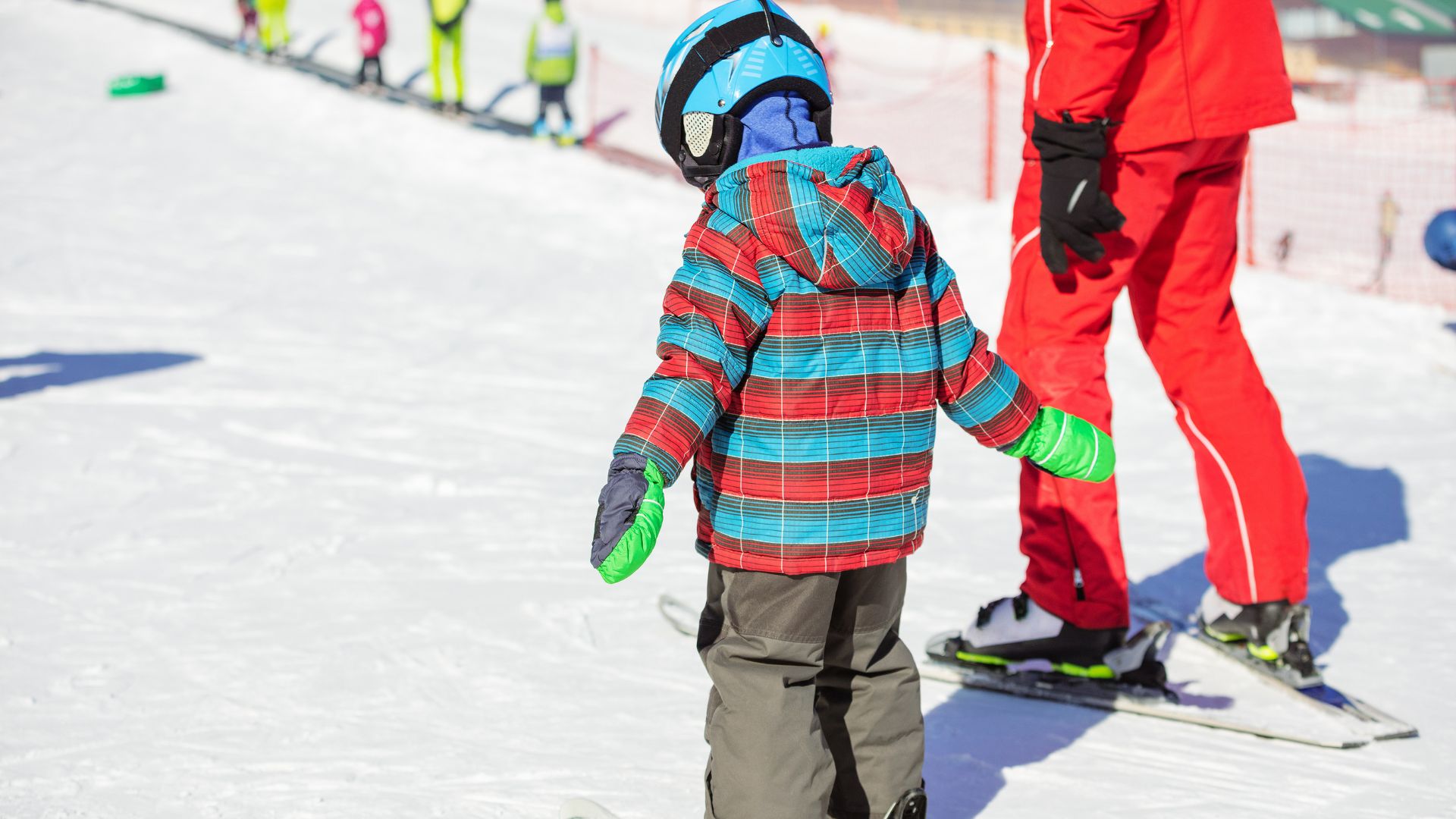
How to Teach Kids to Ski: A Complete Parent’s Guide
Skiing is a magical winter sport that can bring families closer together and create lifelong...
read More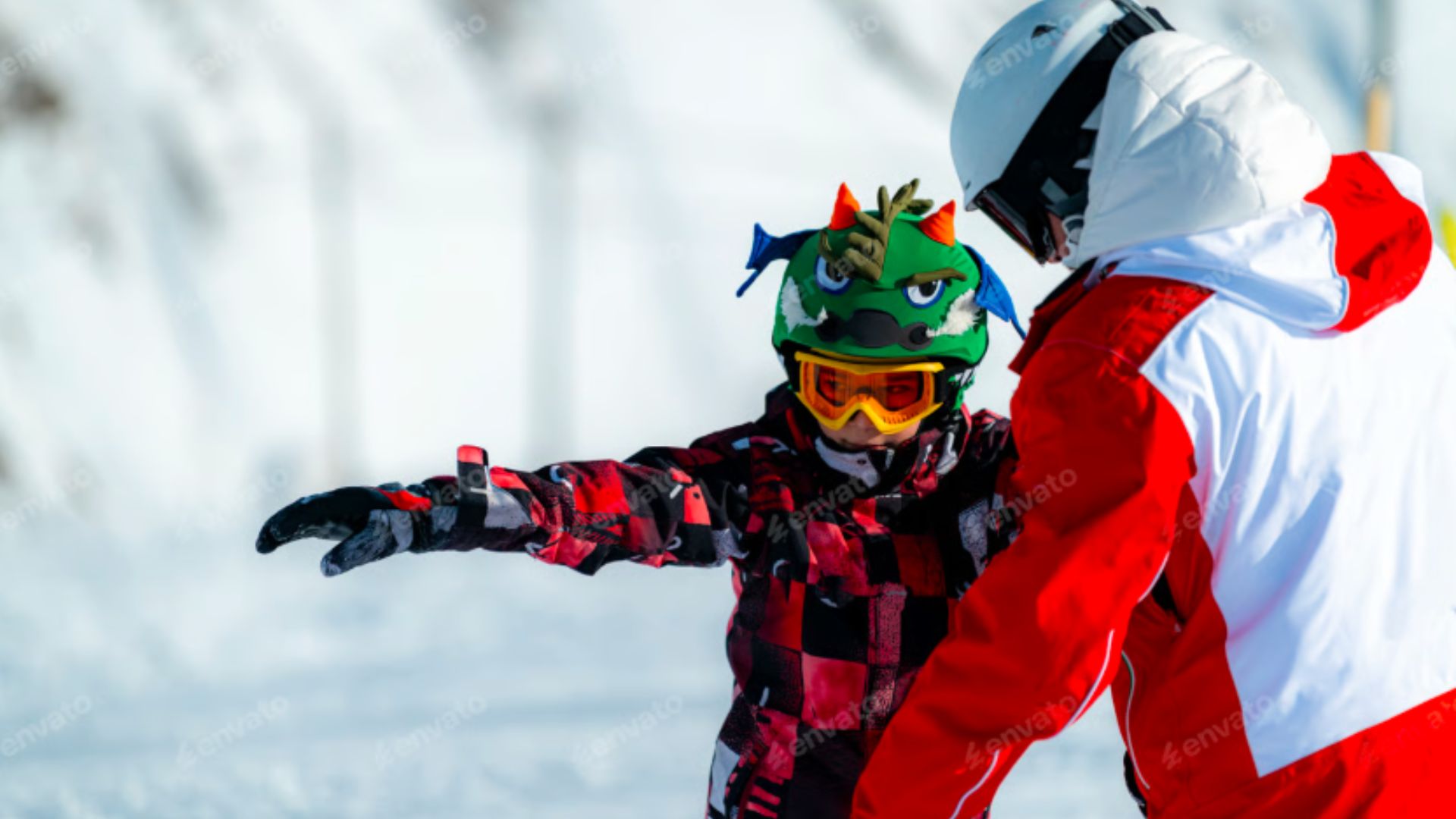
Ski Teaching Techniques: Mastering the Art of Ski Instruction
Teaching skiing is more than guiding someone down a slope—it’s about using ski teaching techniques...
read More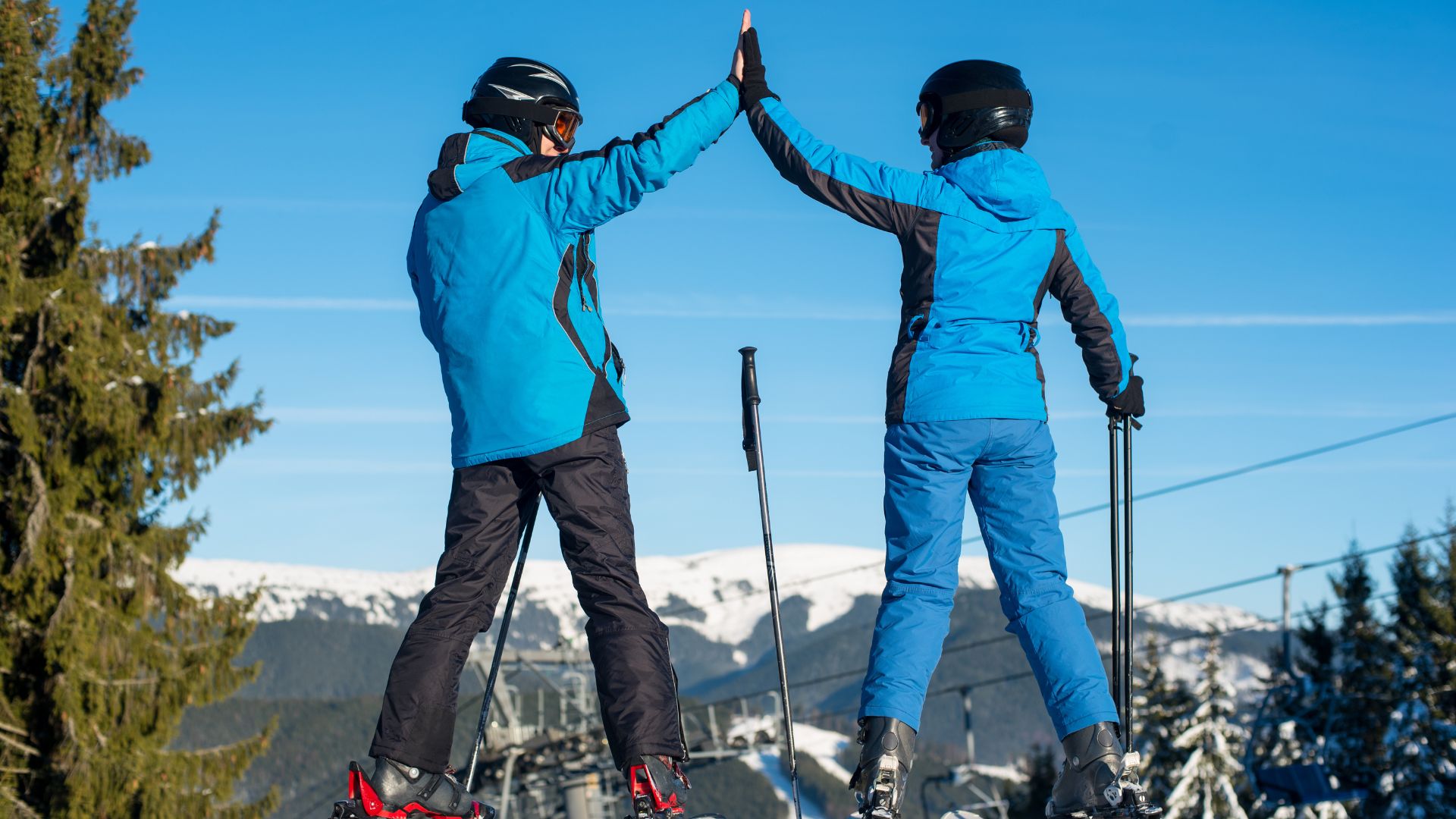
How to Become a Private Ski Instructor and Build Your Career on the Slopes
If you’ve ever dreamed of turning your passion for skiing into a career, you’ve probably...
read More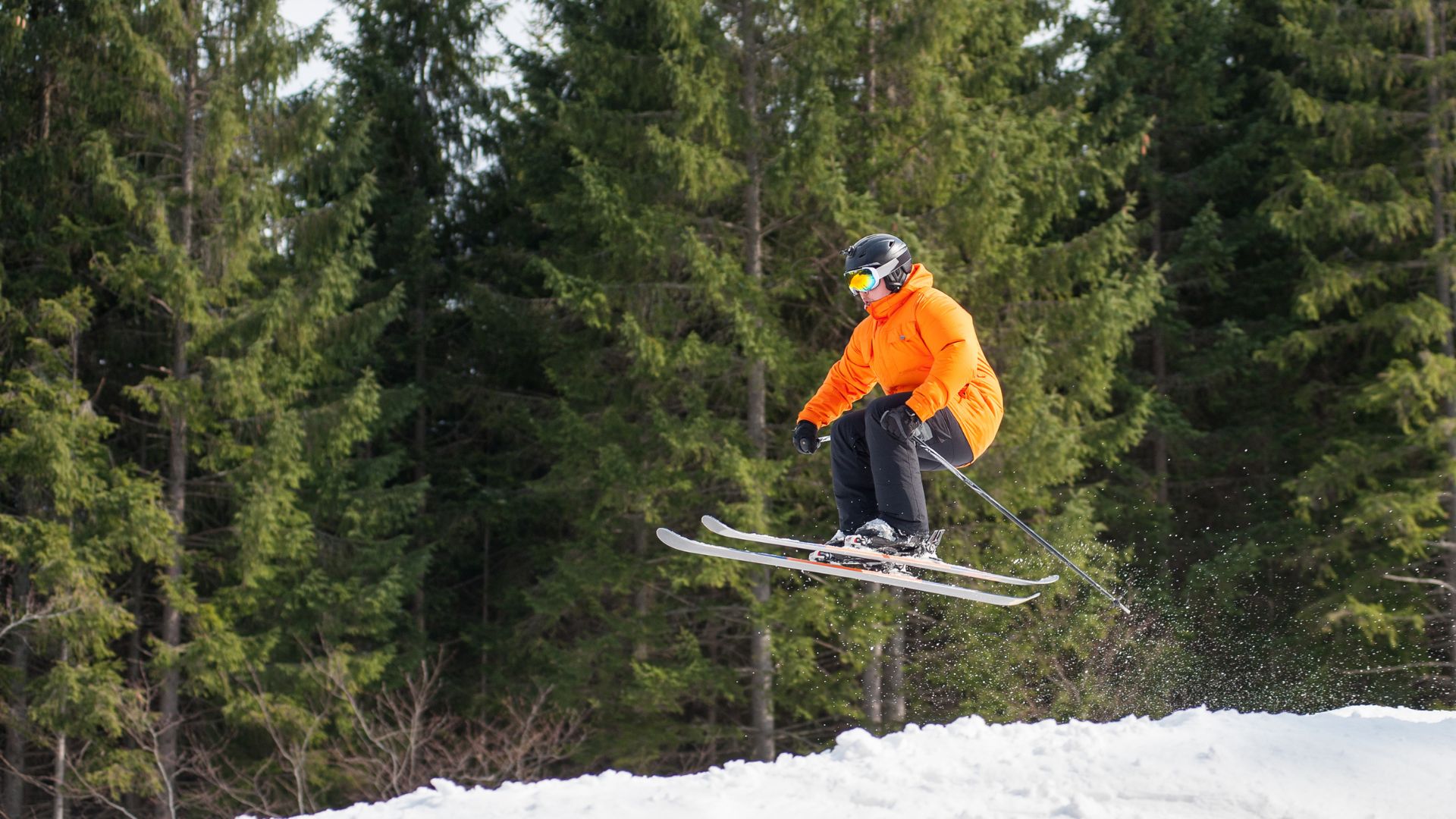
Where Can I Learn to Ski Jump: Lessons, Schools, and Tips
If you’ve ever watched athletes soar gracefully off a ski jump and wondered, where can...
read More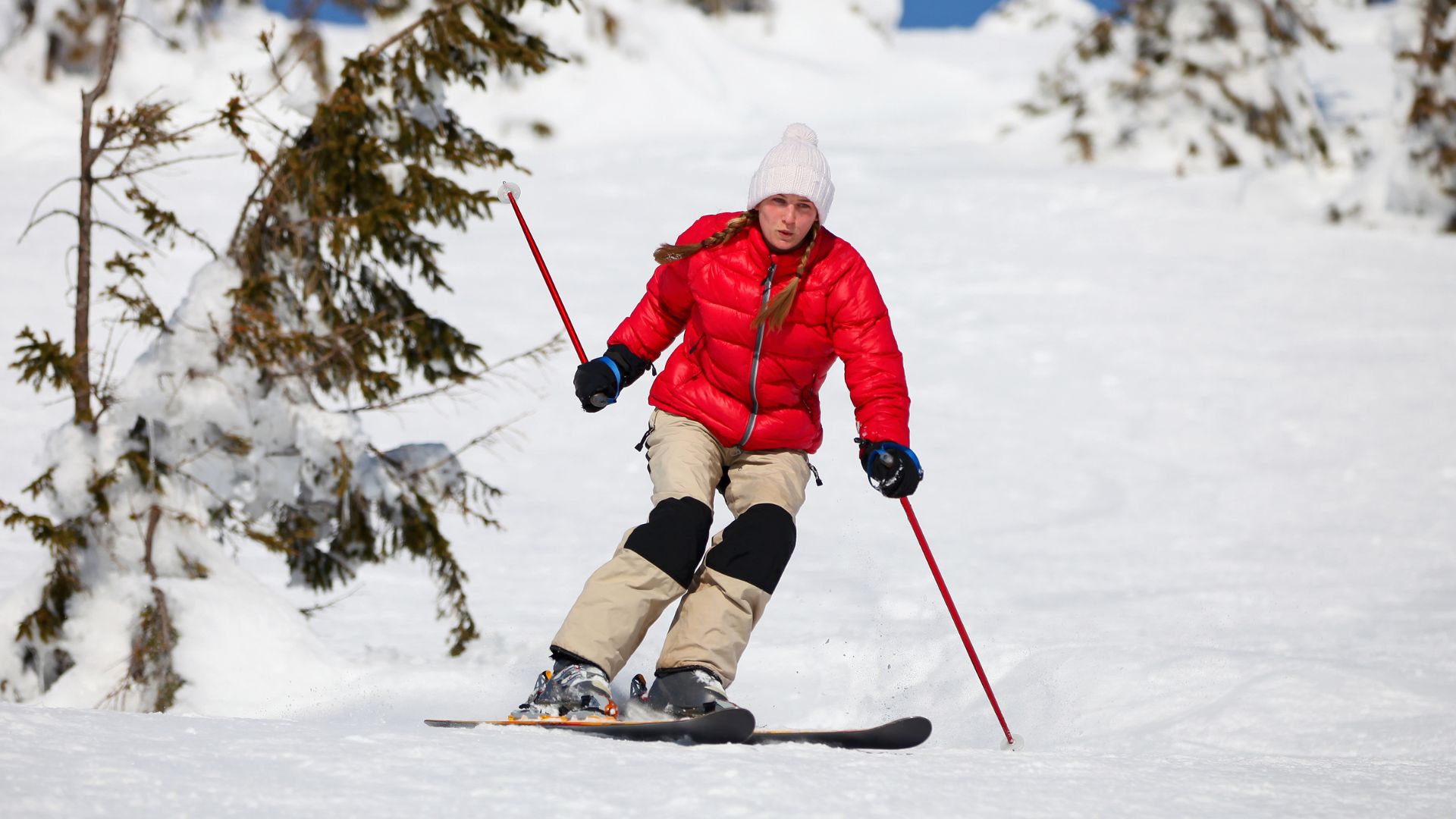
Skiing Safety Tips for Beginners: A Complete Guide to Staying Safe on the Slopes
If you’re new to skiing, the excitement of hitting the slopes can quickly turn overwhelming...
read More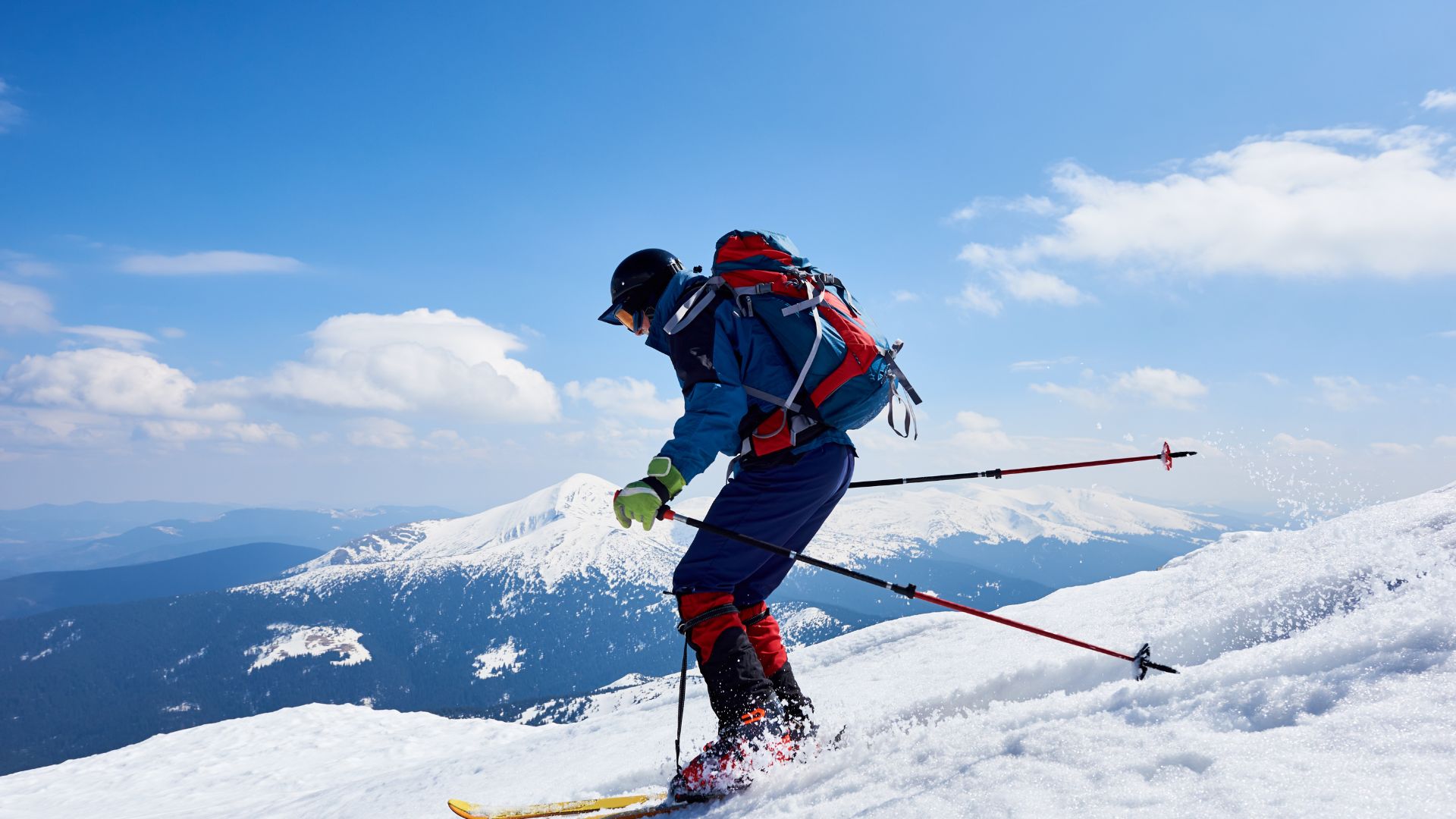
Off Piste Ski Training: Master Backcountry Skiing
Off piste ski training is essential for anyone wishing to elevate their skiing skills beyond...
read More